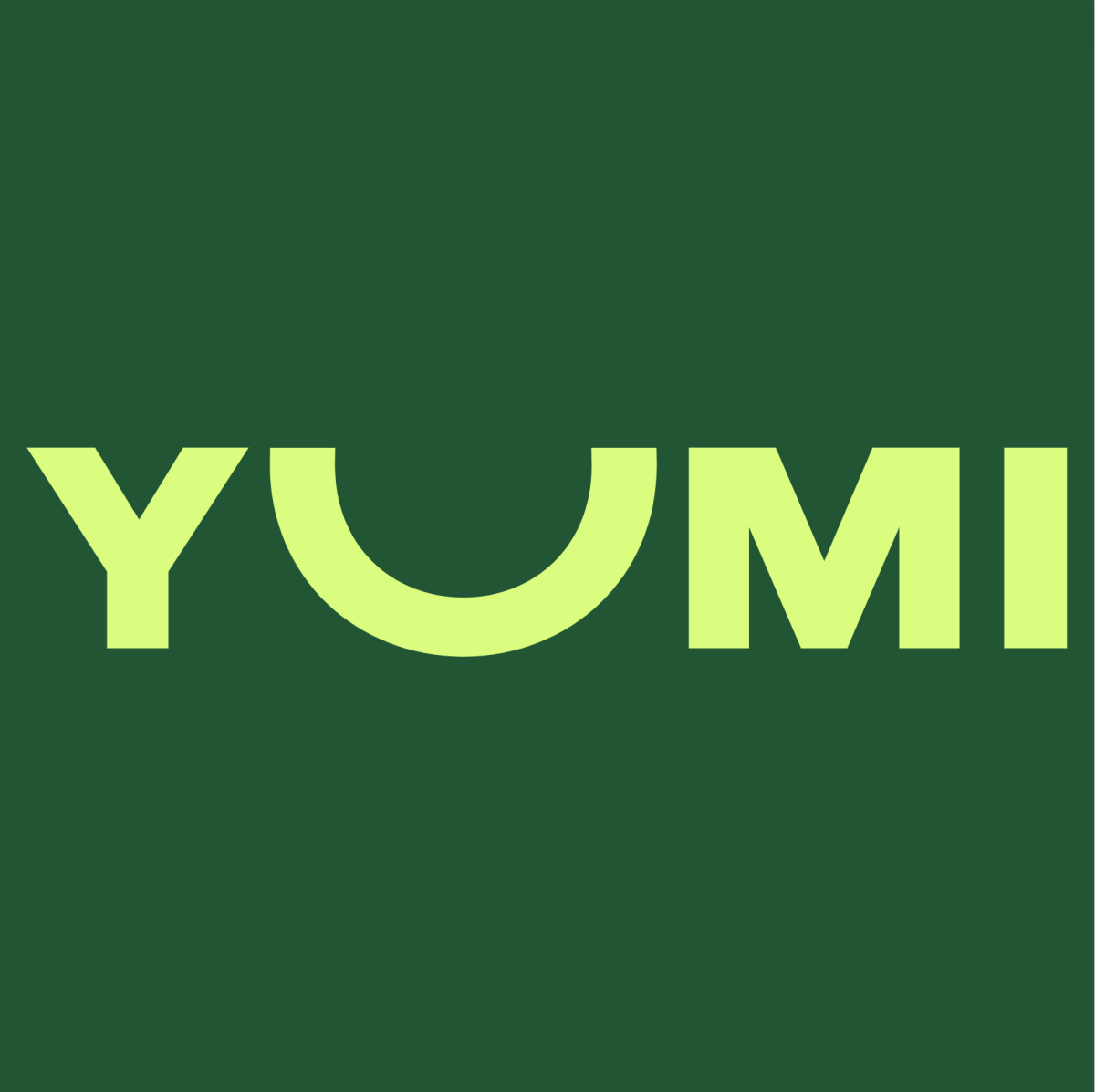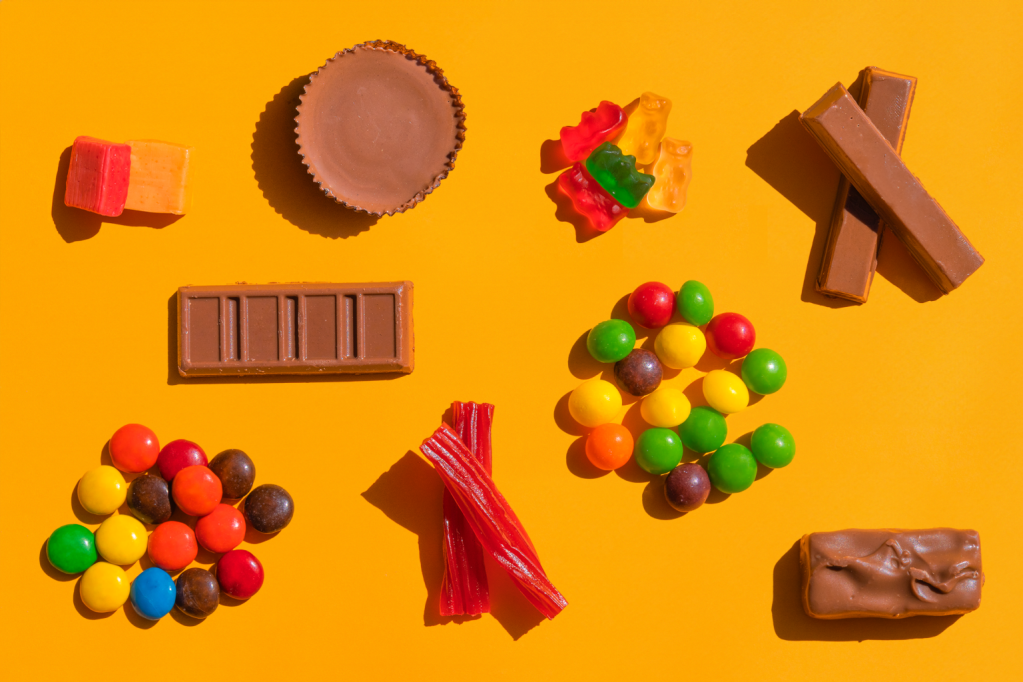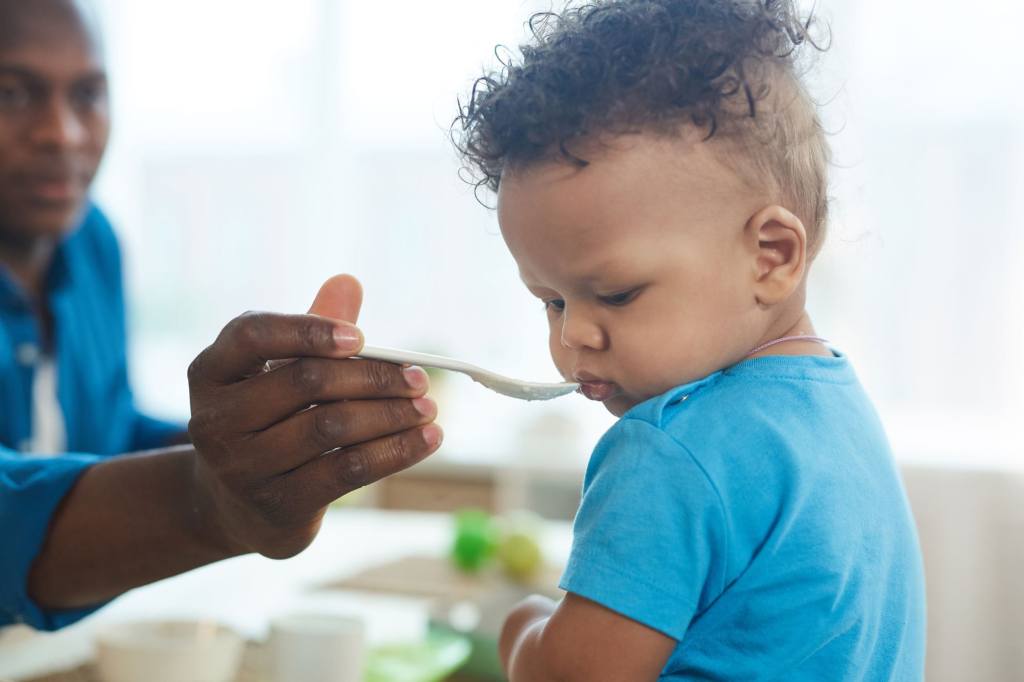Your cart is currently empty!
Looking for some healthy baby food options? This guide gives you everything you need to know about choosing the healthiest baby foods for your baby.
How To Tell If Your Baby Food is the Healthiest Option
When you walk into the grocery store to the baby food aisle, overwhelming is an understatement. There are so many options to choose from. Most baby foods make some kind of “all-natural” claim or say they “only have the best ingredients,” but how do you know which foods are healthiest for your baby?
When it comes to babies, nothing is simple—but shopping for the best baby food should be! Here at YUMI, we’re passionate that every bite counts, so it’s essential to make sure each bite is rich in nutrients and health so your little one can thrive! There are a few key factors to look for when baby food shopping.
Join us as we break these factors down and learn how to tell if your baby food is the healthiest option!

What Does It Mean For a Food To Be Healthy?
The word healthy is tossed around a lot these days. And while the milestones in the health food industry have been beneficial in many ways, some areas get confusing. It’s important to understand what it means to be healthy before we talk about finding the healthiest option for your little one.
Healthy foods should be organic, free of heavy metals, low in sugar and salt content, and packed with fresh ingredients. Let’s break these down a little further.

Choose Organic, Not Natural
Healthy foods typically have a label that reads either organic or natural, but what’s the difference? The FDA and the USDA heavily regulate organic foods.
As a result, they must be entirely free from pesticides, herbicides, fertilizer, artificial ingredients, hormones, and antibiotics. Organic produce also includes less leftover pesticide residue than other produce, so you don’t have to worry about giving your little one anything that could potentially harm them.
Natural ingredients follow claims to be free of synthetic ingredients, artificial ingredients, and additives. However, the guidelines put in place over foods that claim to be natural are very light. The FDA and USDA don’t regulate these foods, so the only party ensuring that they follow these guidelines is the company itself.
One way to think about the difference between natural and organic foods is that organic foods come with a guarantee. The USDA and FDA guarantee that these foods will be free of harmful chemicals, preservatives, and other promised ingredients.
Natural foods, on the other hand, come with no guarantees. These foods follow certain health guidelines but are not regulated by the government in the same way organic foods are. Plus—these guidelines are typically set in place by the company itself, with no institution or authority regulating them.
So, when it comes to the “healthier” option, organic foods are the way to go!

Free of Heavy Metals
Another factor to consider when finding the healthiest baby food option is whether it’s free of heavy metals. Unfortunately, heavy metals are present at alarming levels in 95% of baby foods. This amount may be shocking to some, but we wish we could say the same.
What Are Heavy Metals?
Heavy metals include arsenic, cadmium, lead, and mercury. If these sound like dangerous ingredients to be found in your little one’s food, you’re on the right track. Heavy metals have been linked to behavioral and cognitive development issues such as autism, ADHD, low IQ, and anemia.
Heavy metals are mostly found in the soil or cooking materials and can get into your baby’s food this way.
How We Counteract Heavy Metals
Luckily, there are ways to counteract heavy metals and protect your little one. On top of performing regular testing for heavy metals with the ingredients sourced from local farms and the final baby food products before we ship it to your door, we use heavy metal fighters as added protection.
These heavy metals fighters can bind heavy metals together in the digestive system and remove them from the body or hinder heavy metal absorption in the digestive tract. Therefore, we also avoid ingredients known to be higher in heavy metals.

Sugar Content
If you’re wondering what food your little one should always avoid, it may come as a surprise. Sugar is one of the most dangerous ingredients for your little one to consume. Even if you’re looking at fruit juices that claim to be 100% juice, it isn’t as healthy as it claims to be.
Sugar content is a defining factor of whether baby food is the healthiest option. Baby foods that are high in added sugars can be detrimental to growth and development. These sugars are known as “free sugars.” This means that they don’t bind to fiber and are not used as energy by the body. However, too much sugar can lead to serious liver damage and health problems later on in life.
Not to mention that what you feed your baby now sets the stage for their future health and eating habits. When your baby is exposed to too much sugar content too early, their eating habits in the future will reflect this.
So, what should you look for instead? Baby food doesn’t have to be flavorless. The more flavors and textures you can introduce into your baby’s diet now, the better! The palette develops from the womb and is the most malleable during the first 1,000 days. Introducing your baby to a wide variety of tastes, textures, and veggies can help avoid pickiness as your little one grows older and help them continue eating a balanced, varied diet for the rest of their lives!

Ingredients and Nutrition
One of the first things you should do when you look at a new baby food is to check the ingredients. Are there any added sugars or high fructose corn syrup? Is there any sodium? If there is, then this baby food isn’t the healthiest option for your baby.
Instead, look for simple ingredients and nutrient-packed foods. You can also look for any additives or preservatives other than Vitamin D, a healthy preserving ingredient. It’s also important to note whether the ingredients are nutrient-rich. For instance, if ingredients focus more on preservation or flavor than nutrition, you aren’t getting the most out of every bite.

What To Look For
It can be overwhelming to think about labels, ingredients, and avoiding harmful additives and chemicals when shopping for baby food. So, our nutritionists have done the hard work for you!
- Only organic. Here at Yumi, we only use organic, non-GMO ingredients grown by our local farmers.
- Heavy metal-free. We take three precautions to avoid heavy metals in baby food. First, we regularly test our ingredients for heavy metals. We test the ingredients before they’re cooked and afterward to make sure they weren’t contaminated during the handling process. Second, we use foods that bind and block heavy metals from being absorbed by the digestive tract. Lastly, we always avoid foods known to be high in heavy metals, such as rice, soy, and fruit juice.
- We also avoid gluten and the big eight allergens. While there is increasing evidence to support introducing allergens at a young age, we leave that up to you and your pediatrician! In addition, we avoid eggs, milk, fish, shellfish, tree nuts, peanuts, wheat, and soybeans.
- Our nutritionists are nerds, and they’ve already designed the healthiest baby foods for your little one’s growth and development. Check out your baby’s menu here.

What To Avoid
Here are some things to avoid when picking out the healthiest baby food option for your little one!
Avoid Pouches
While pouches are a convenient option, they are often not the healthiest. This is due to two reasons. The first is that pouches are often meant to have a long shelf life. This means the ingredients are not fresh and contain added sugars and sodium as preservatives while containing a lower fiber content.
The second reason is that baby food pouches take away from your little one’s eating experience. Their fine motor skills and oral skills that picking up food and chewing provide. Your baby learns to eat with a spoon and learns how to interact with food, but reliance on baby food pouches can take away from this experience and delay developmental skills and result in picky eating.
Avoid Fruit Juices
Most juices contain added sugars, which can not only harm your baby’s liver but can be harmful for their future nutrition. In addition, apple and grape juice have been known to contain high levels of heavy metals. While juices are advertised as a healthy alternative to sodas, they are on the same level and are not the healthiest option for your baby.

Summary
Knowing which baby foods are the healthiest can be a challenge. With hundreds of different labels to read and ingredients to understand, this takes time and energy that you could be spending with your little one, enjoying all the sweet moments.
We can help with that. You can use this guide to navigate the world of baby food and figure out which is the healthiest for your little one. You can also let our nutritionists do the work. Check out the custom plan crafted specifically for your baby’s development here!
Sources
- Differences in Organic, Natural, and Health Foods | Healthy Children.org.
- Natural vs. Organic: It’s Worth It | Organic It’s Worth It.org
- In Baby’s ‘First Bite,’ A Chance To Shape A Child’s Taste | NPR
- Homemade or From the Jar: Which Baby Food Is Best? | Cleveland Clinic
- Arsenic in 9 Brands of Infant Cereal | Healthy Baby Food.org









